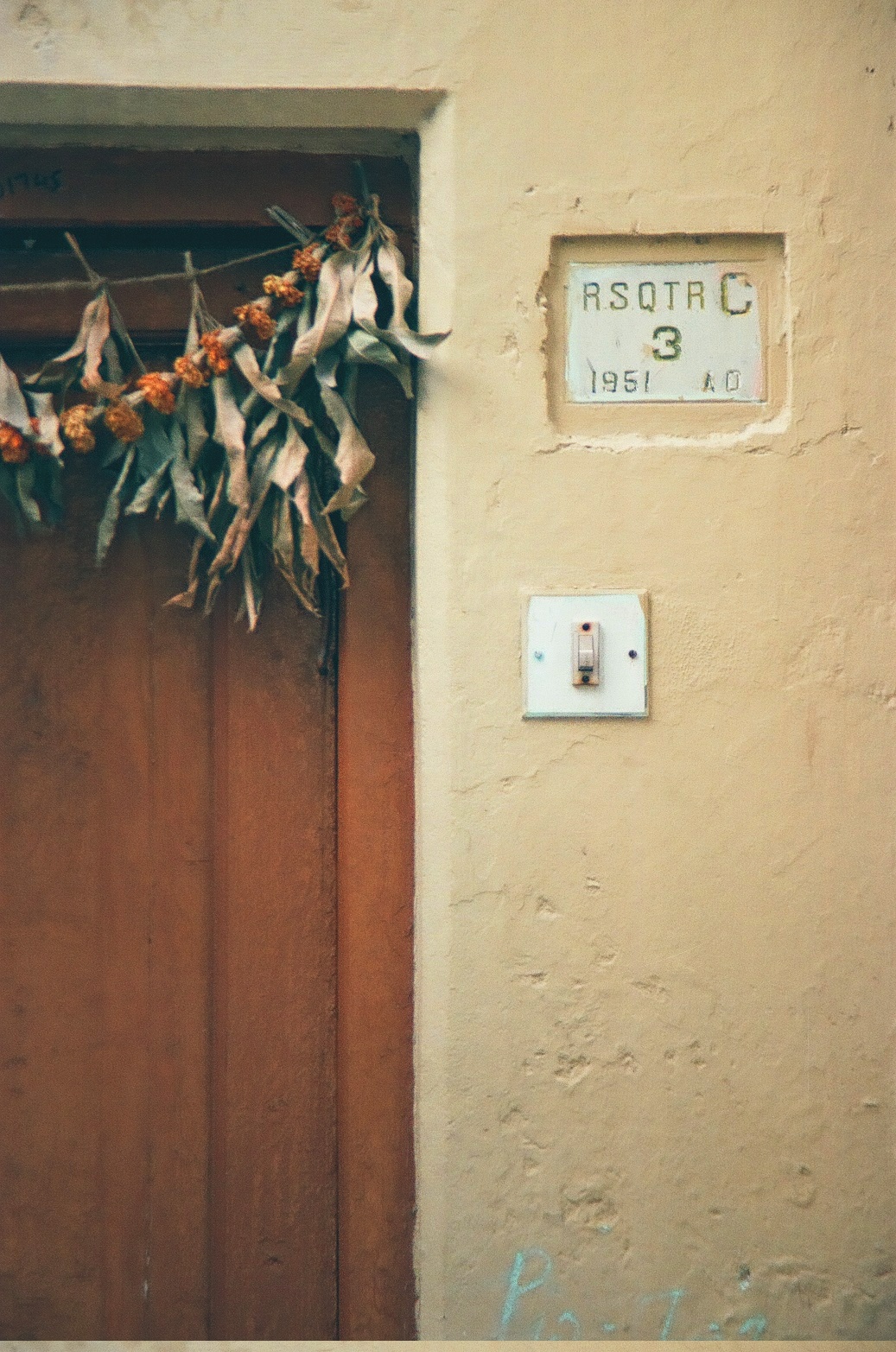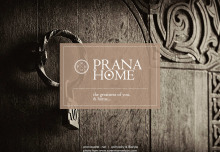For a Better Energy Flow
In traditional societies, “place” has always been a significant part of architecture and dwelling. For primitive man, place was more than simply a boundary and a private owned space, but closely related to the idea of sacred and profane.
The idea of sacred space persuaded the traditional societies to find ways of making dwelling places sacred. The role of the threshold or the entrance door in this case was to prevent evil spirits or profane realities to enter the sacred inner space of the house. Therefore in many traditional societies the entrance space was designed in such a way that it shifts the condition of people who enter the house from the profane to the sacred such as the “hashti” space in Persia, the leaves hung over the entrance of Indian houses or the symbols used in decorating the door.
The concept of sacred and profane in complementary therapies and energy-related sciences is described as gross and subtle energies, which can be transferred from a person to another or from a place to the people living in it, that is referred to as contamination.
Many rules and guidelines in fact have been prescribed in traditional sciences of architecture including Vastu Shastra and Feng Shui to avoid contamination of the house. Building in certain plots is considered inauspicious, as the energy of such areas is relatively dirty, therefore based on the experiences of generations, they believed to bring bad luck and disease.
For any chosen plot also a number of purification rituals used to be applied before the construction as well as before settling in, to cleanse the energy of the house and prepare it for a harmonious and prosperous living.
Among the inauspicious plots for construction are the graveyards, sites with history of war, massacre or murder and garbage areas.
Besides the cleanliness of the plot, there are a number of other rules and guidelines connected to the proper quality and flow of energy.
Basically the energy or chi, should flow freely, at the right amount and speed and should be clean or healthy. In Feng Shui and Vastu Shastra not all types of energy are favorable. There is Shar Chi, unpleasant energy, as well as Sheng Chi, favorable energy.
Based on Chinese and Indian geomancy, roads and streets affect the flow of energy. Therefore houses built in T-junctions or at the end of a deadened road are not favorable as it is believed that the flow of energy to these houses will be too much and too strong. Often such placement is called “Chian Shar” meaning “gunshot disaster.”
Placement of an obstructing object such as a tree, an electric post or a pillar immediately in front of the main entrance door is also not recommended, as it creates a hindrance towards the free flow of energy to the house. In this regard, it is best if there is no sharp edges or points directed towards the entrance door as well as, such as the sharp roof of a neighbor.
Another important issue regarding the placement of the house is the slope. The plot should be low at the favorable directions and high at the inauspicious ones, so that the beneficial energies of the auspicious directions can flow freely and in abundance to the house.
To know more about the entrance door and its placement in the plan you are highly encouraged to attend the Pranic Feng Shui workshop, developed by Master Choa Kok Sui.
References
- Oliver, P. (1997). Encyclopedia of Vernacular Architecture of the World. Cambridge University Press.
- Kumar, A. (2005). Vaastu: The Art And Science Of Living: The Art and Sciene of Living. Sterling Publishers Pvt. Ltd.
- Eliade, M. (1959). The Sacred and the Profane: The Nature of Religion. Houghton Mifflin Harcourt.
- Master Choa Kok Sui. (2004). Miracles through Pranic Healing. The Institute for Inner Studies Publishing Foundation.
- Master Choa Kok Sui. (2004). Possible Miracles, The Golden Lotus Sutras on Pranic Healing. Institute for Inner Studies Oublishing Foundation.
- Webster, R. (1999). Feng Shui in the Garden, Volume 3. Llewellyn Worldwide.
- Silverman, S. (2007). Vastu: Transcendental Home Design in Harmony with Nature. Gibbs Smith.
- Sang, L. (2002). The Principles of Feng Shui: Book One. American Feng Shui Institute.
0 Comments
Leave a reply
You must be logged in to post a comment.














